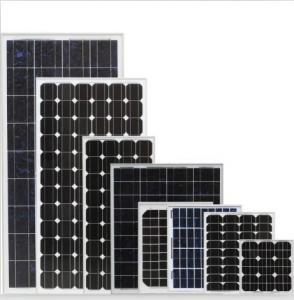2000w Solar Inverter
2000w Solar Inverter Related Searches
Best Solar Grid Tie Inverter Grid Tie Inverter Solar Panel Solar Power Inverter 2000w Solar Grid Tie Inverter Kit 1000w Solar Grid Tie Inverter Hybrid Grid Tie Solar Inverter 5kw Solar Grid Tie Inverter 3kw Solar Grid Tie Inverter Mpp Solar Grid Tie Inverter Nep Solar Grid-Tie InverterHot Searches
Type Of Inverter For Solar Used Solar Inverter For Sale Solar Edge Inverter For Sale 5kw Solar Inverter For Sale Solar Inverter For Sale Solar Inverter For Battery Solar Inverter For Laptop Solar Inverter For Fridge Solar With Inverter Price Solar Inverter With 2 Battery Best Solar Inverter In China Solar Inverter Price In Dubai Solar Inverter Price In Uae Solar Inverter Price In Kenya Solar Inverter Price In Kerala Solar Inverter Price In Ghana Solar Inverter Price In Nepal Solar Inverter Price In Ksa China Solar Inverter Price China 10kva Solar Inverter2000w Solar Inverter Supplier & Manufacturer from China
Okorder.com is a professional 2000w Solar Inverter supplier & manufacturer, offers integrated one-stop services including real-time quoting and online cargo tracking. We are funded by CNBM Group, a Fortune 500 enterprise and the largest 2000w Solar Inverter firm in China.Hot Products
FAQ
- The role of a fault detection system in a solar inverter is to monitor and identify any issues or malfunctions within the inverter system. It helps to prevent or minimize downtime by quickly detecting faults such as overvoltage, overcurrent, short circuits, or temperature abnormalities. By promptly identifying and alerting the system operator about these faults, the fault detection system allows for timely maintenance or repairs, ensuring optimal performance and safety of the solar inverter.
- The power factor affects the performance of a solar inverter by determining the efficiency and quality of the electrical power being generated. A low power factor can lead to increased losses, reduced power output, and decreased overall system efficiency. It can also cause voltage fluctuations and increased stress on the inverter components. On the other hand, a high power factor ensures optimal utilization of power, improves system performance, and reduces energy wastage. Therefore, maintaining a high power factor is crucial for maximizing the performance and reliability of a solar inverter.
- What is the difference between a PV grid-connected inverter and an off-grid inverter?
- Off-grid inverter is equivalent to their own to establish an independent small power grid, mainly to control their own voltage, is a voltage source.
- Yes, a solar inverter can be used with building-integrated photovoltaics (BIPV). The solar inverter is an essential component that converts the DC power generated by the BIPV system into AC power suitable for use in buildings. It ensures efficient utilization of the solar energy produced by the BIPV system and enables integration with the electrical grid or building's power system.
- The role of capacitors in a solar inverter is to store and release electrical energy. They help to stabilize the voltage and current, ensuring a smooth and continuous flow of power. Capacitors also help to filter out any unwanted noise or fluctuations in the electrical signal, thus improving the overall performance and efficiency of the solar inverter.
- Yes, a solar inverter can be used with a solar-powered street lighting system. The solar inverter is responsible for converting the direct current (DC) generated by the solar panels into alternating current (AC) which is required to power the street lights. This ensures that the solar-powered street lighting system operates efficiently and effectively.
- A solar inverter can positively affect the value of a property by making it more attractive to potential buyers. It increases the property's energy efficiency and reduces electricity costs, which can be a significant factor for buyers looking for sustainable and cost-effective homes. Additionally, having a solar inverter installed demonstrates the property's commitment to renewable energy, which can be appealing to environmentally-conscious buyers.
- A solar inverter converts direct current (DC) power generated by solar panels into alternating current (AC) power that can be used to power appliances and feed into the electrical grid. It does this through a two-step process. Firstly, the DC power from the solar panels is converted into a high-frequency AC signal using power electronics. Then, this AC signal is transformed into the desired AC output voltage and frequency using pulse width modulation techniques. This allows for efficient and reliable conversion of solar energy into usable electricity.














































